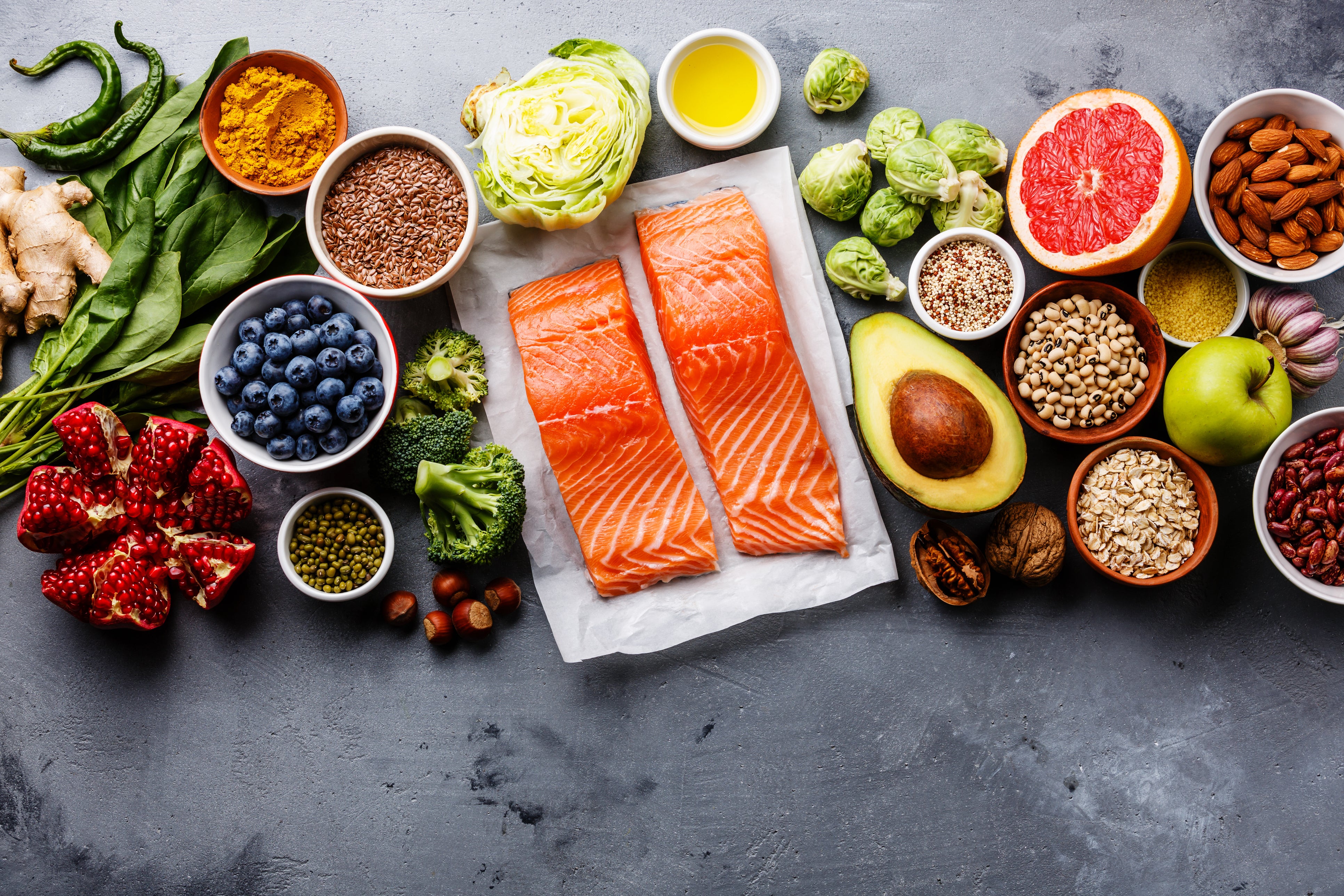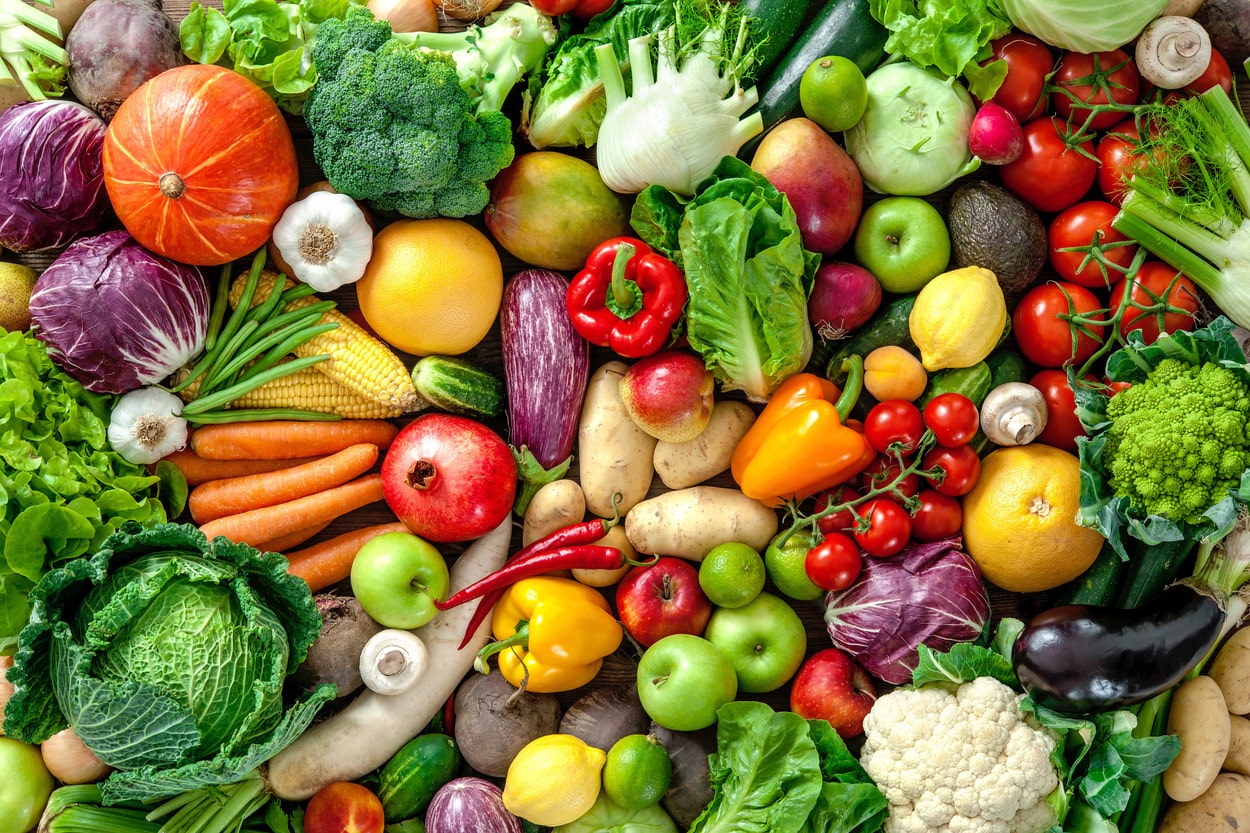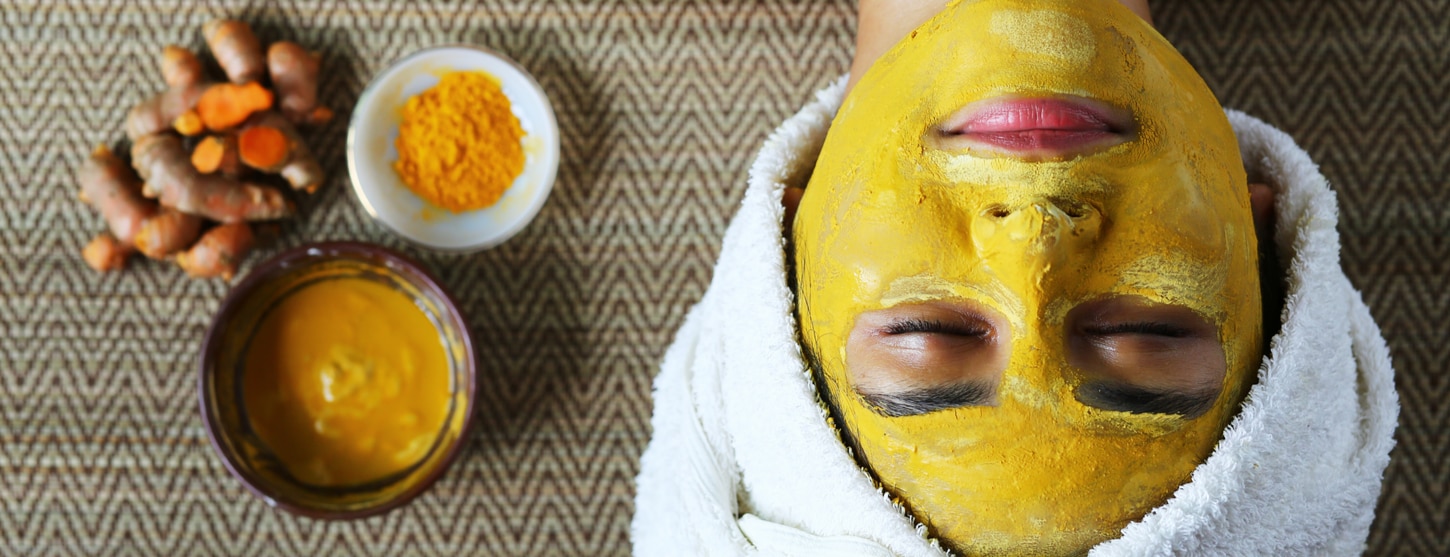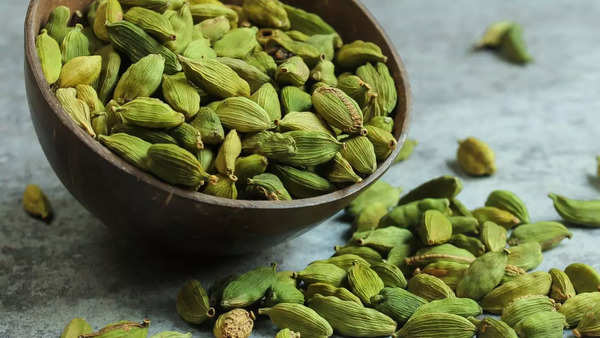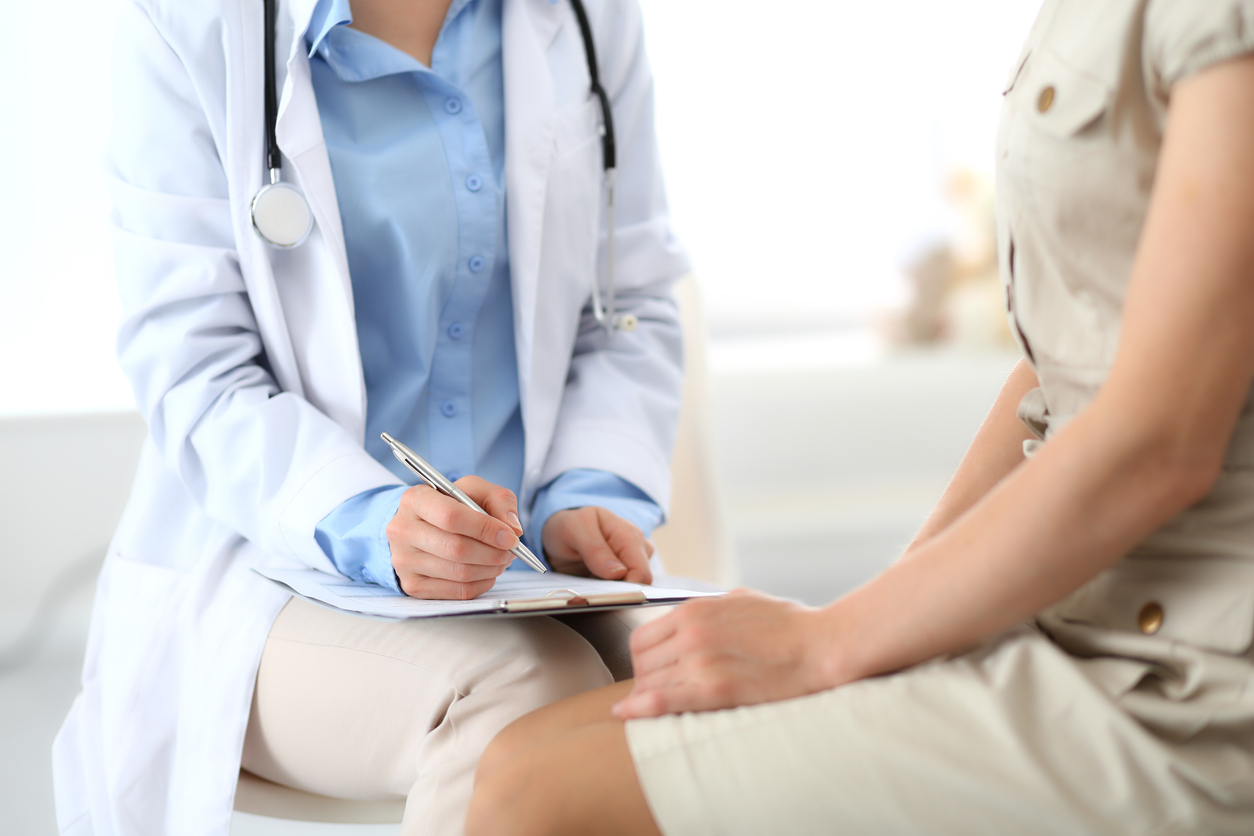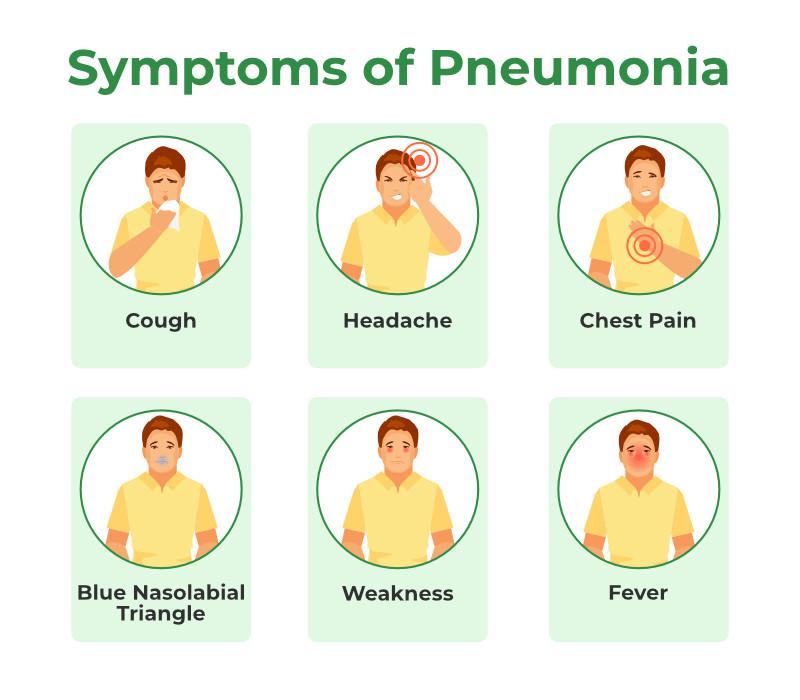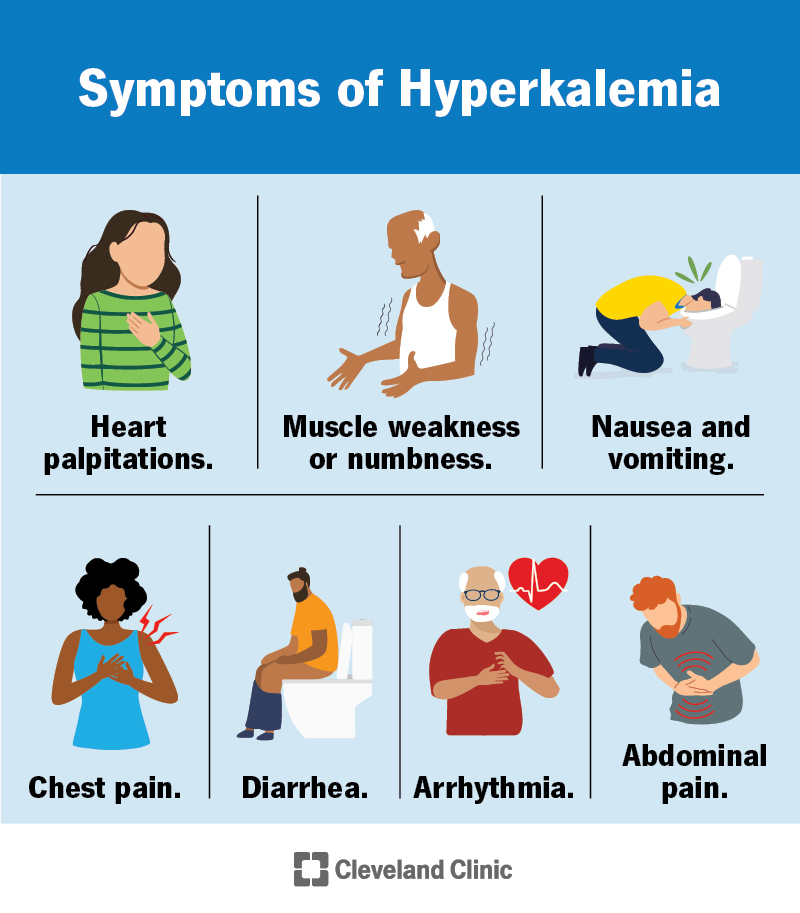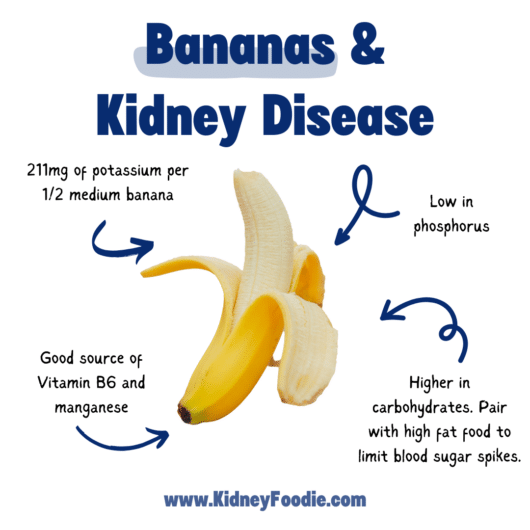10 Quick and Healthy Snacks for Busy Professionals
In today’s fast-paced world, maintaining a healthy diet can feel like an impossible task, especially for busy professionals juggling work, family, and personal commitments. Skipping meals or opting for unhealthy snacks can leave you feeling sluggish, unfocused, and unmotivated. However, healthy eating doesn’t have to be time-consuming or complicated!
This article explores 10 quick and nutritious snacks that are perfect for busy professionals. These snacks are not only easy to prepare but also portable and delicious. Whether you’re at the office, working from home, or on the go, these options will help you stay energized and focused throughout the day.
Why Healthy Snacking Matters
Before diving into the snack ideas, let’s discuss why healthy snacking is important. Snacks can:
Boost energy levels between meals.
Improve focus and productivity by stabilizing blood sugar levels.
Prevent overeating during main meals.
Provide essential nutrients that support overall health.
For busy professionals, smart snacking can make a significant difference in maintaining energy and staying at the top of your game.
1. Greek Yogurt with Fresh Berries
Greek yogurt is a protein powerhouse, and pairing it with fresh berries adds natural sweetness and antioxidants.
Why It’s Great:
High in protein to keep you full.
Packed with probiotics for gut health.
Quick to assemble—just scoop and top!
Pro Tip: Choose plain, unsweetened Greek yogurt to avoid added sugars.
2. Trail Mix with Nuts and Dried Fruit
A homemade trail mix is a perfect on-the-go snack. Combine nuts, seeds, and dried fruit for a balanced mix of protein, healthy fats, and carbs.
Why It’s Great:
Portable and long-lasting.
Provides sustained energy.
Customizable to your taste preferences.
Pro Tip: Watch portion sizes, as nuts are calorie-dense. A small handful (about 1 oz) is ideal.
3. Hummus and Veggie Sticks
Hummus paired with crunchy veggies like carrots, celery, or bell peppers is a satisfying and nutrient-packed snack.
Why It’s Great:
Rich in fiber and plant-based protein.
Low in calories but filling.
Easy to prep in advance.
Pro Tip: Make your own hummus for a fresher, healthier option.
4. Hard-Boiled Eggs
Hard-boiled eggs are a classic snack that is both portable and nutritious.
Why It’s Great:
High in protein to keep you full.
Packed with essential vitamins and minerals.
Can be made in bulk for the week.
Pro Tip: Sprinkle with a pinch of salt, pepper, or paprika for extra flavor.
5. Avocado Toast on Whole Grain Bread
Avocado toast is a trendy yet practical snack that is both delicious and nutritious.
Why It’s Great:
Healthy fats from avocado keep you satisfied.
Whole grains provide fiber and complex carbs.
Takes less than 5 minutes to make.
Pro Tip: Add a sprinkle of chia seeds or red pepper flakes for an extra boost.
6. Protein Bars (Choose Wisely!)
Protein bars can be a lifesaver when you’re on the go, but not all bars are created equal.
Why It’s Great:
Convenient and portable.
Provides a quick protein boost.
Ideal for post-workout recovery.
Pro Tip: Look for bars with minimal added sugars and recognizable ingredients.
7. Rice Cakes with Nut Butter
Rice cakes topped with almond or peanut butter make a crunchy, satisfying snack.
Why It’s Great:
Light yet filling.
Provides a mix of carbs and healthy fats.
Easy to customize with toppings like banana slices or honey.
Pro Tip: Choose whole grain rice cakes for added fiber.
8. Cheese and Whole Grain Crackers
A small portion of cheese paired with whole grain crackers is a simple yet satisfying snack.
Why It’s Great:
Combines protein, fat, and carbs.
Portable and easy to pack.
Provides calcium and other essential nutrients.
Pro Tip: Opt for low-sodium crackers and portion-controlled cheese slices.
9. Smoothies
Smoothies are an excellent way to pack in nutrients on the go. Blend your favorite fruits, veggies, and a protein source like yogurt or protein powder.
Why It’s Great:
Customizable to your taste and nutritional needs.
Quick to make and easy to drink.
Perfect for busy mornings or afternoons.
Pro Tip: Prep smoothie ingredients ahead of time and store them in the freezer for a quick blend.
10. Edamame
Edamame (young soybeans) is a protein-rich snack that is both delicious and easy to prepare.
Why It’s Great:
High in plant-based protein and fiber.
Low in calories yet filling.
Can be enjoyed hot or cold.
Pro Tip: Sprinkle with sea salt or a dash of chili powder for extra flavor.
Tips for Incorporating Healthy Snacks into Your Routine
Plan Ahead: Prep snacks in advance to avoid reaching for unhealthy options.
Portion Control: Use small containers or bags to keep portions in check.
Stay Hydrated: Sometimes thirst is mistaken for hunger. Drink water throughout the day.
Listen to Your Body: Snack when you’re hungry, not out of boredom or stress.
Final Thoughts
Healthy snacking doesn’t have to be complicated or time-consuming. With these 10 quick and nutritious snack ideas, busy professionals can stay energized, focused, and productive throughout the day. Whether you’re at the office, working from home, or on the go, these snacks are designed to fit seamlessly into your busy lifestyle.
So, the next time you feel your energy dipping, skip the vending machine and reach for one of these nutritious options instead. Your body (and your productivity) will thank you!
read more →





:max_bytes(150000):strip_icc()/avocado-toast-4174244-hero-03-d9d005dc633f44889ba5385fe4ebe633.jpg)

